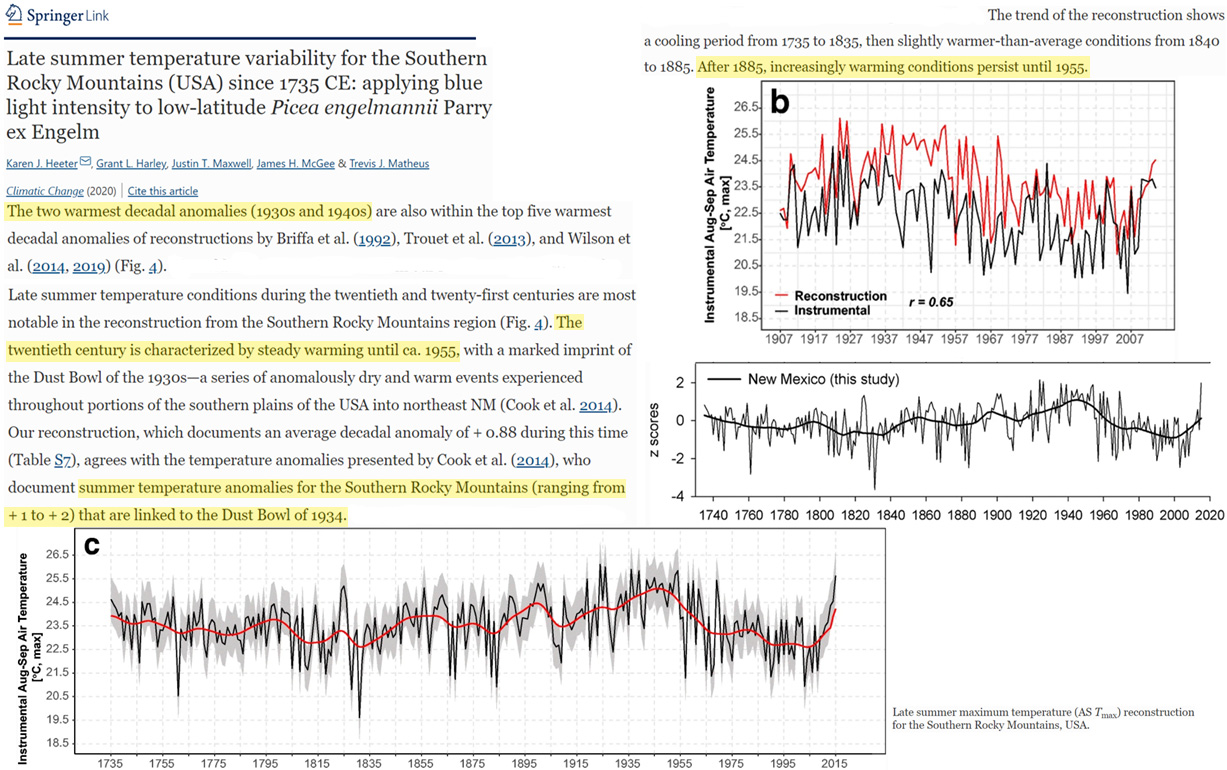- Joined
- Aug 2, 2020
- Messages
- 2,951
- Reaction score
- 551
- Gender
- Male
- Political Leaning
- Progressive
It only makes sense at extremely small levels and equal levels of a gas released. Not the levels released in annual volumes.
GWP seems to me to do exactly what it is advertised to do. If the GWP explicitly takes into account the RF and the RF is a log function of the relative concentration of a gas then it makes sense that that portion of the factor would be higher for CH4 than CO2. The fact that the equation clearly states that delta F is a function of ln(C/Co) for some gases owing to saturation of the absorption bands and that the definition of the GWP is a form of "snapshot" of the atmosphere it doesn't matter that CH4 and CO2 are at different concentrations, the relative concentration to the concentration at some initial state dictates the RF. Why would one expect the measure to be taken at the same concentration for the gases? CH4's spectral absorbance is not as near to saturation as CO2 in the atmosphere.
But again, GWP appears to be a kind of "shortcut" means to compare, as closely as possible, the potential for warming between two unrelated gases. It may be a somewhat synthetic measure but it serves its purpose. CH4 is a serious consideration.
So, given what we know about CH4's absorption of IR I'm comfortable with the regular science approach that a CH4 is a serious concern.
(Also just found this interesting simple model from UChicago: Methane vs. CO2 help)






